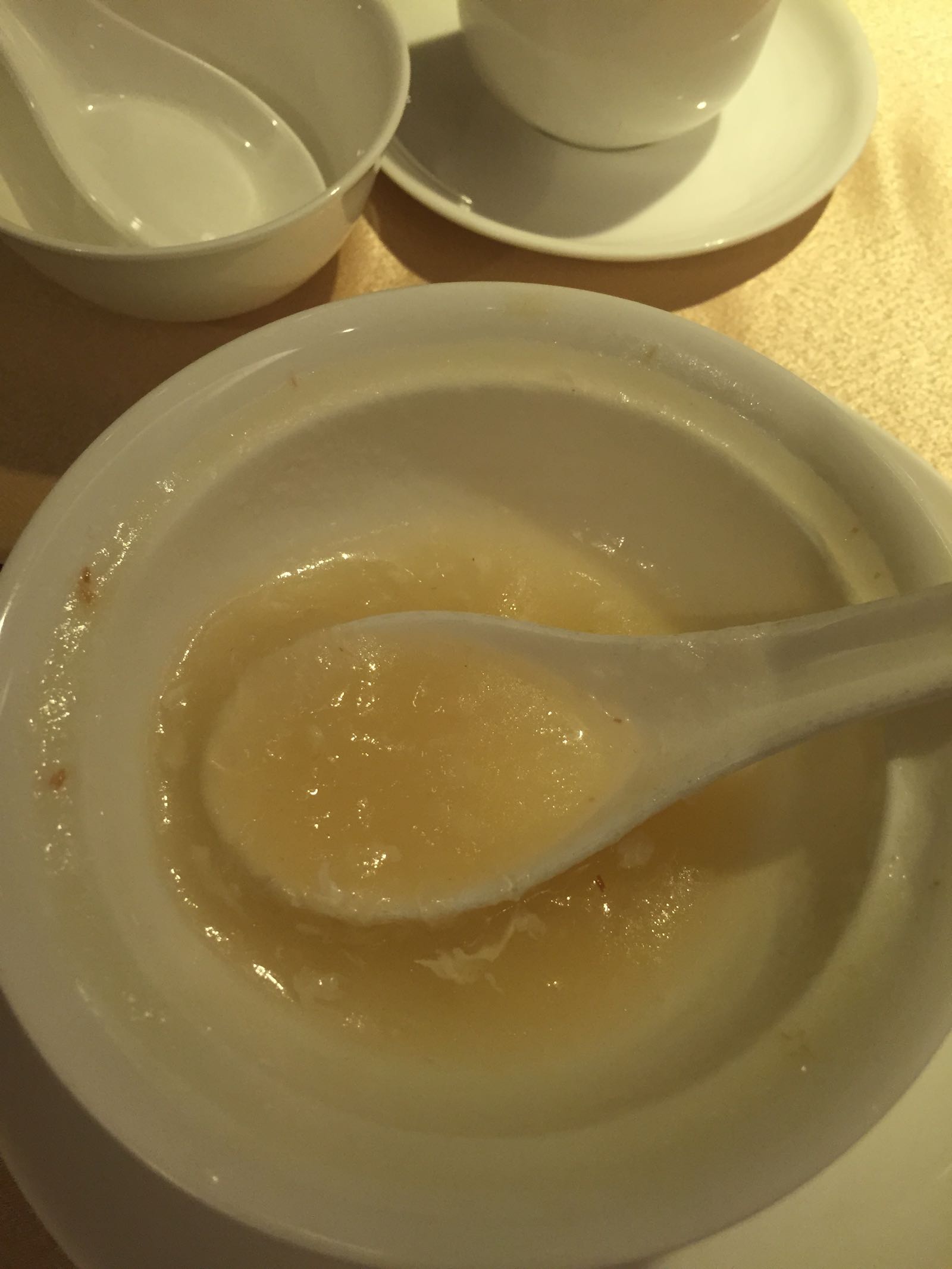While wandering the markets of Hong Kong, we discovered an unexpected thread connecting our travels in Indonesia to Hong Kong, and onward through China: bird’s nest soup.
Bird’s nest soup is a Chinese delicacy. It’s key ingredient, as you would expect, is a bird’s nest. These nests are not tangles of twigs and straw. Rather, they are small bowls that swiftlets shape from solidified saliva on the walls of the caves where they lay their eggs.
Pound for pound, these nests are among the most expensive animal products consumed by humans, retailing for about $2,500 (US) per kilogram. Hong Kong is the hub of the international bird’s nest trade, with whole storefronts devoted to displays of birds’ nests in different grades and colors (like in the headline photo above). Most of the nests ultimately make their way to mainland China.
Originally harvested from natural caves, edible birds’ nests now mostly come from purpose-built nesting houses, located in urban areas near the sea, where the swiftlets congregate. In particular, nest farming is concentrated in a series of towns in the Indonesian Province of North Sumatra. With the international bird’s nest trade estimated at $5 billion annually, the products now account for a whopping 0.5% of the entire Indonesian GDP – equivalent to about a quarter of the country’s fishing industry. Given the ubiquity of fishing as an occupation in Indonesia, if it’s even close to the true, that statistic is mindblowing.
We sampled some bird’s nest soup at a high-end Cantonese restaurant in Hong Kong. It tasted lovely, though the texture was about what you’d imagine from dried and reliquified bird-saliva. An acquired taste, maybe?
 A bowl of bird’s nest soup.
A bowl of bird’s nest soup.